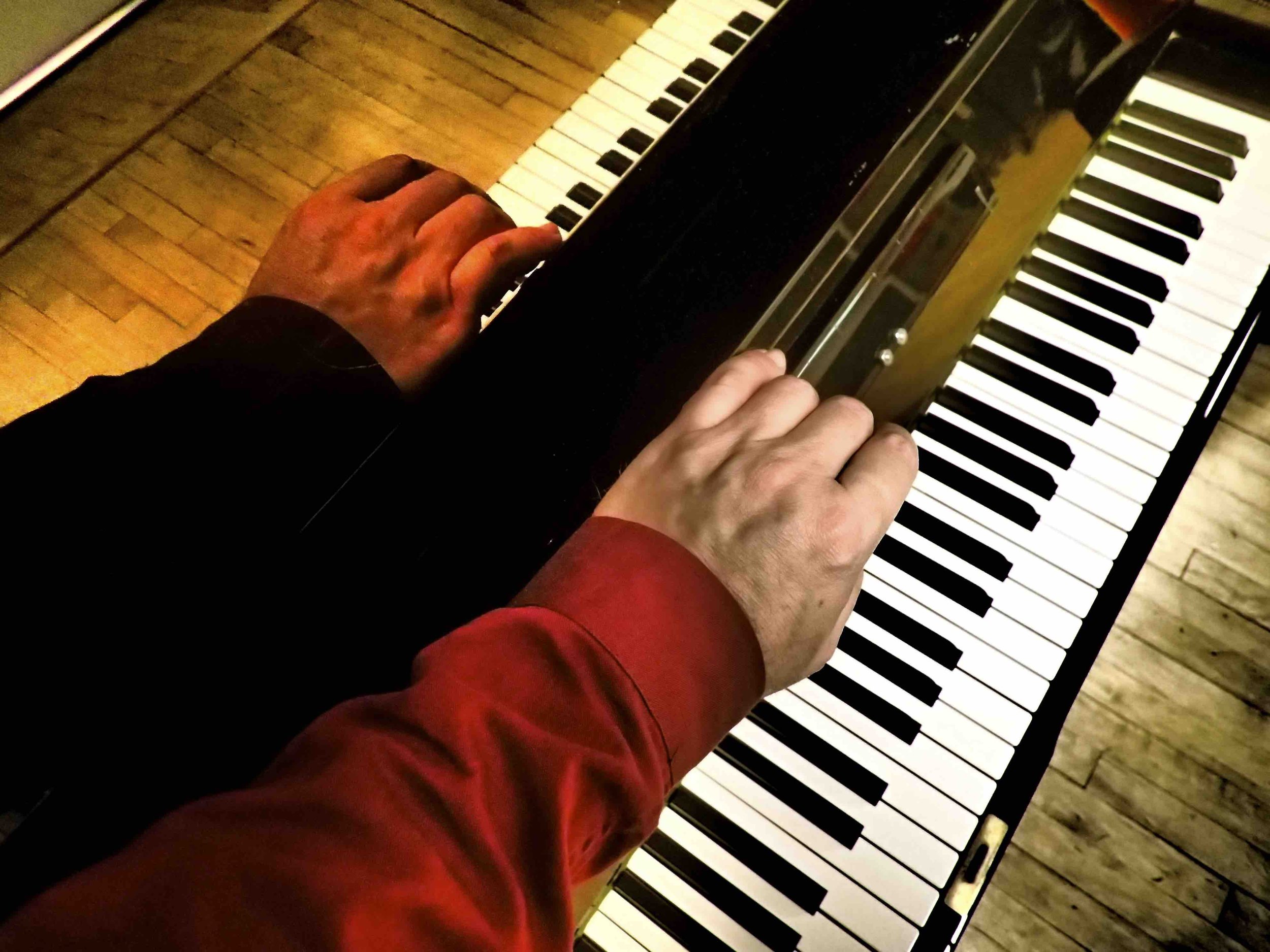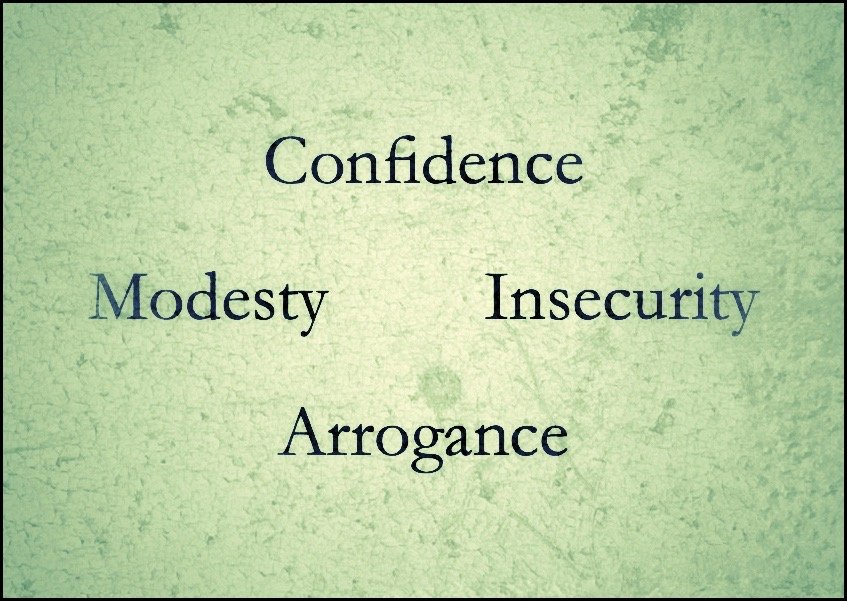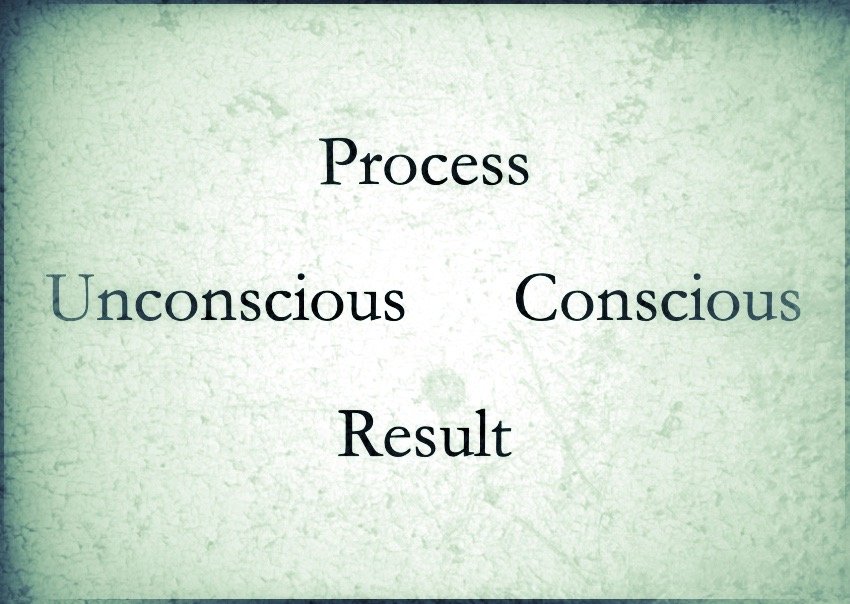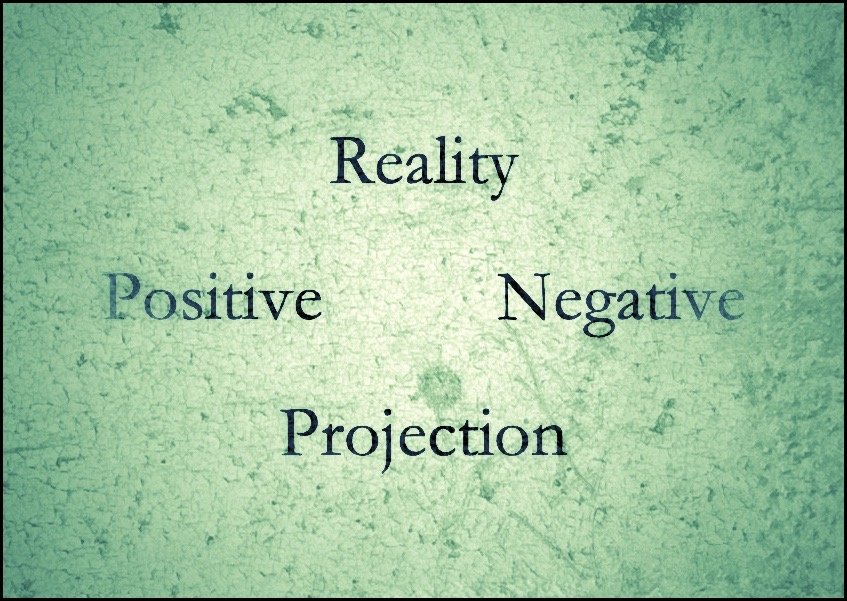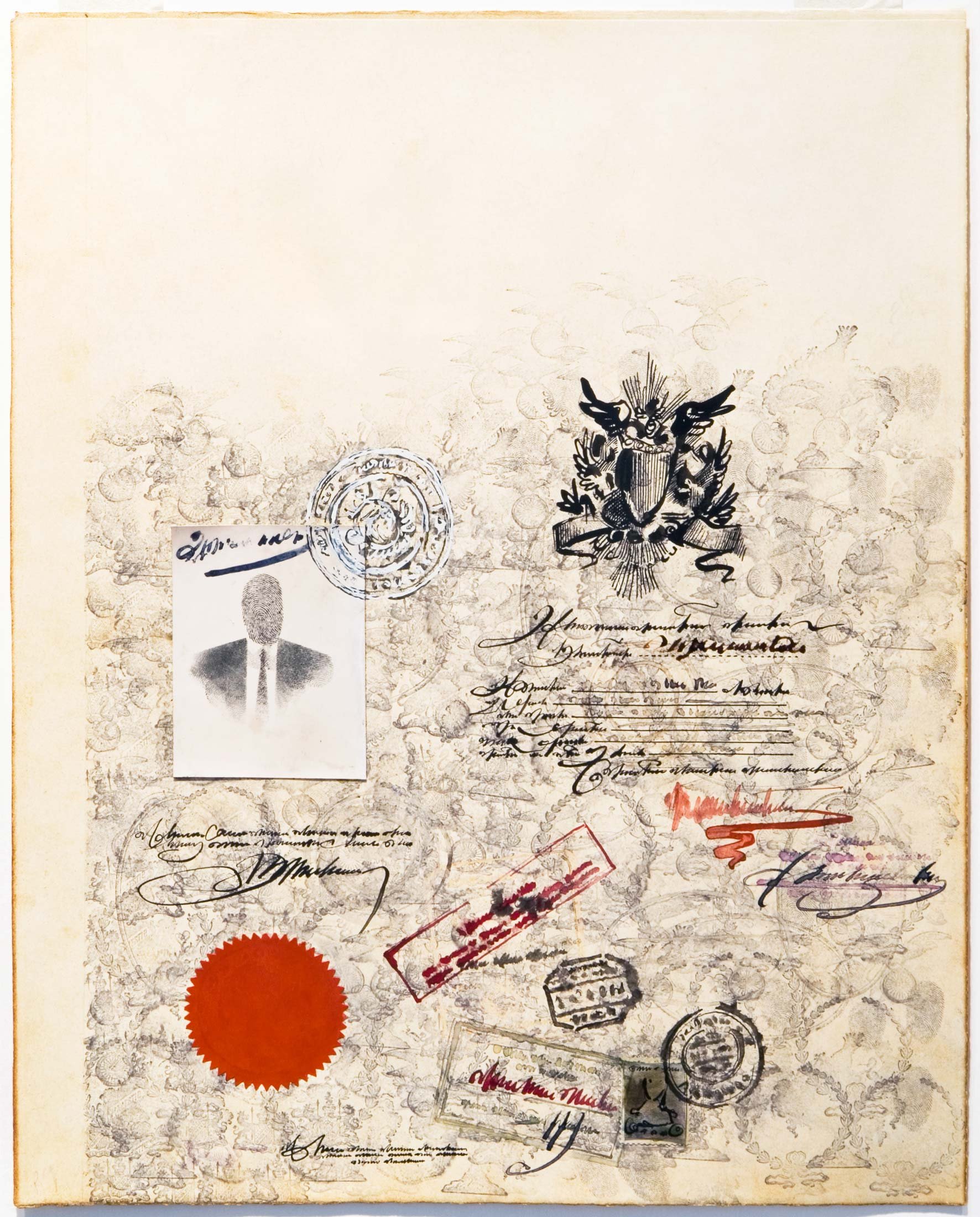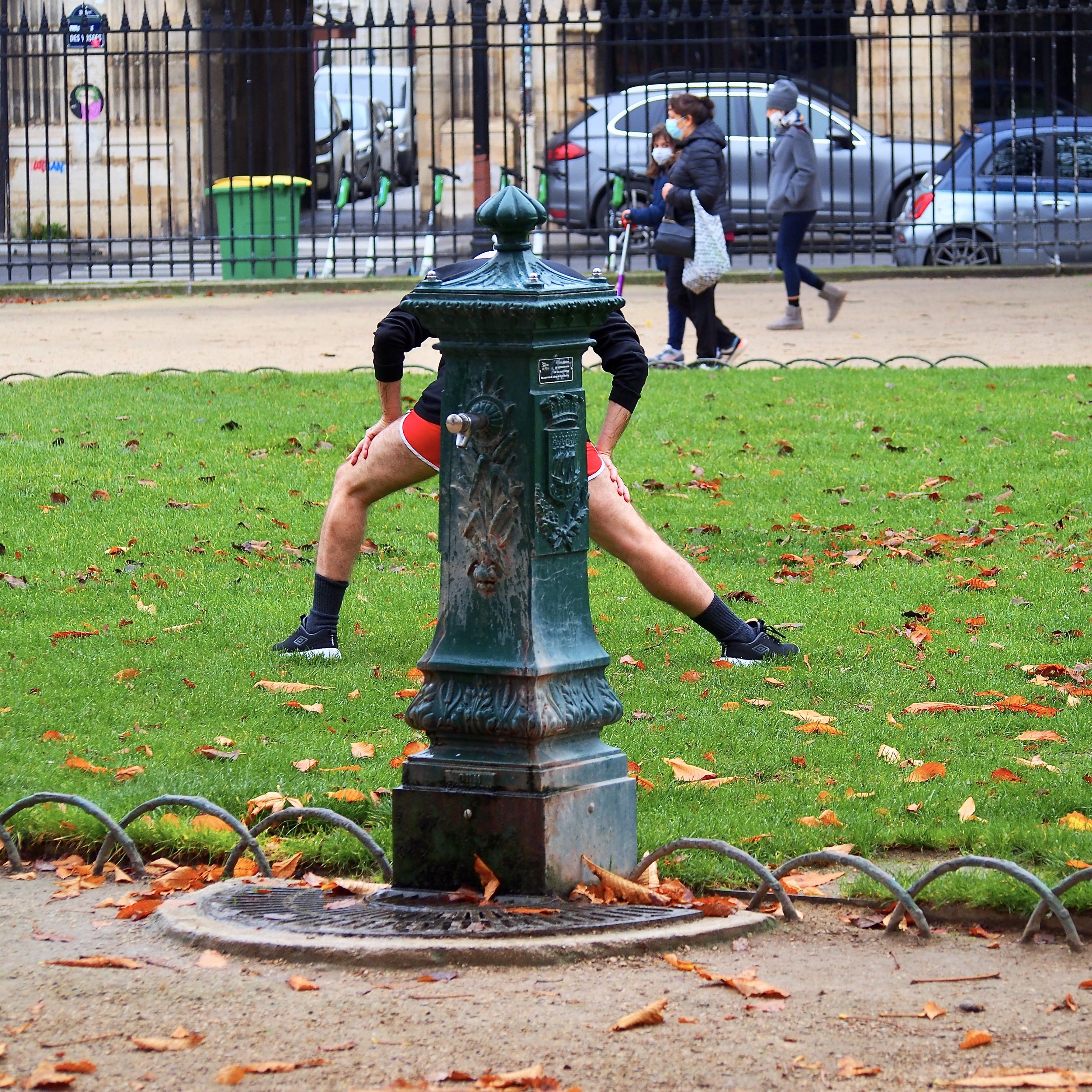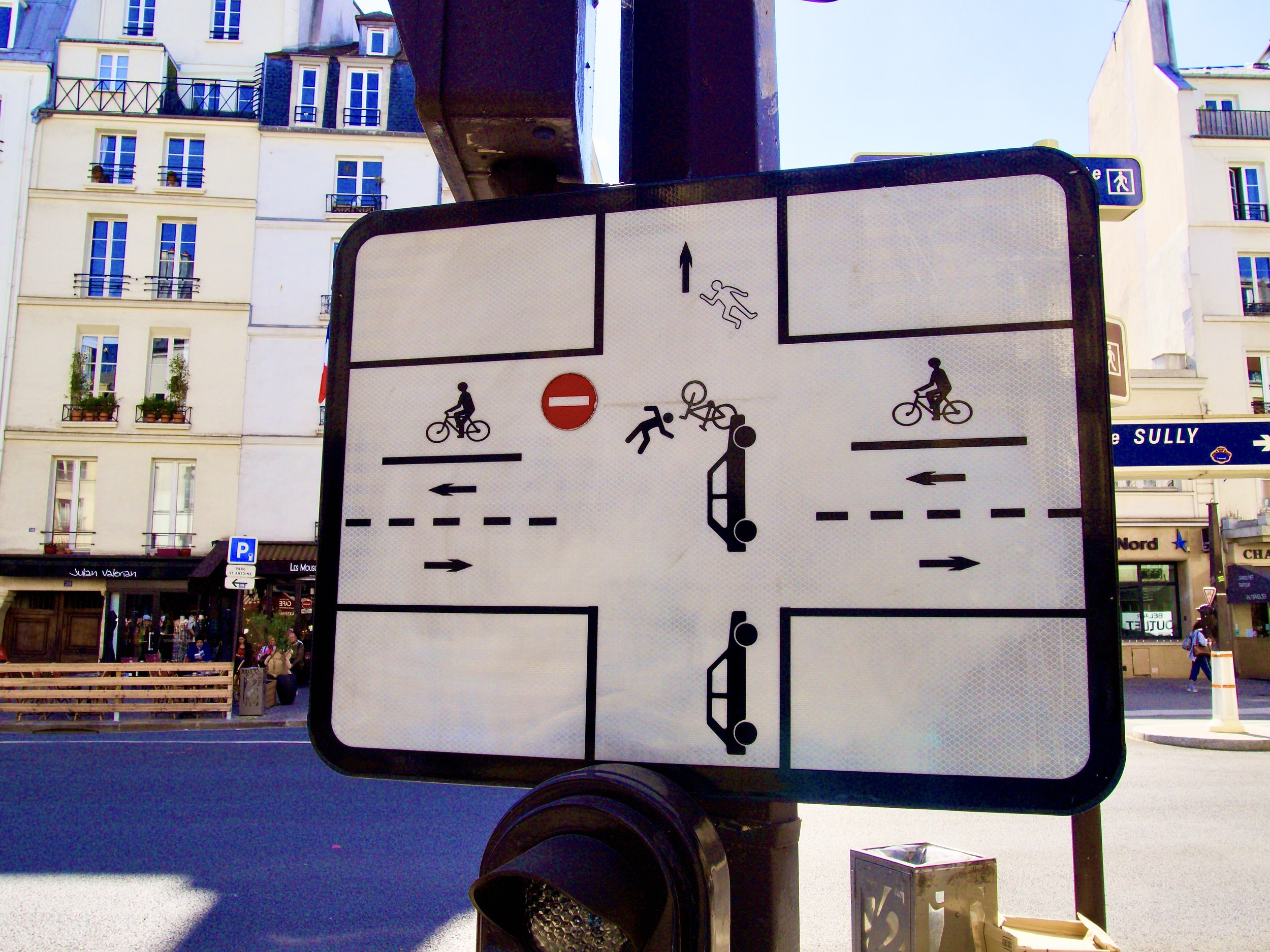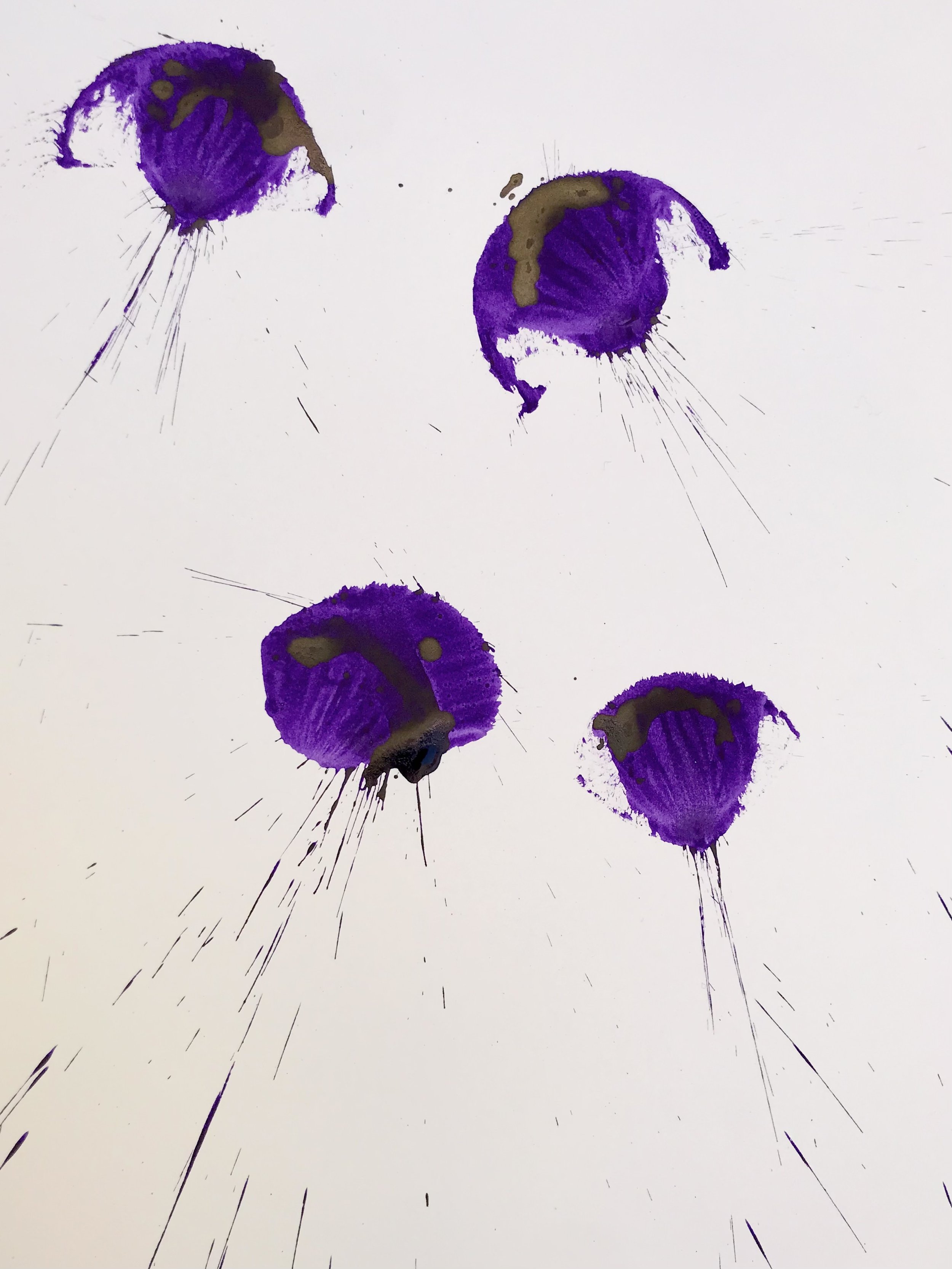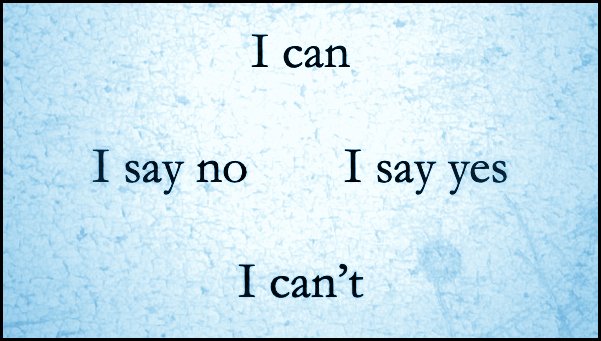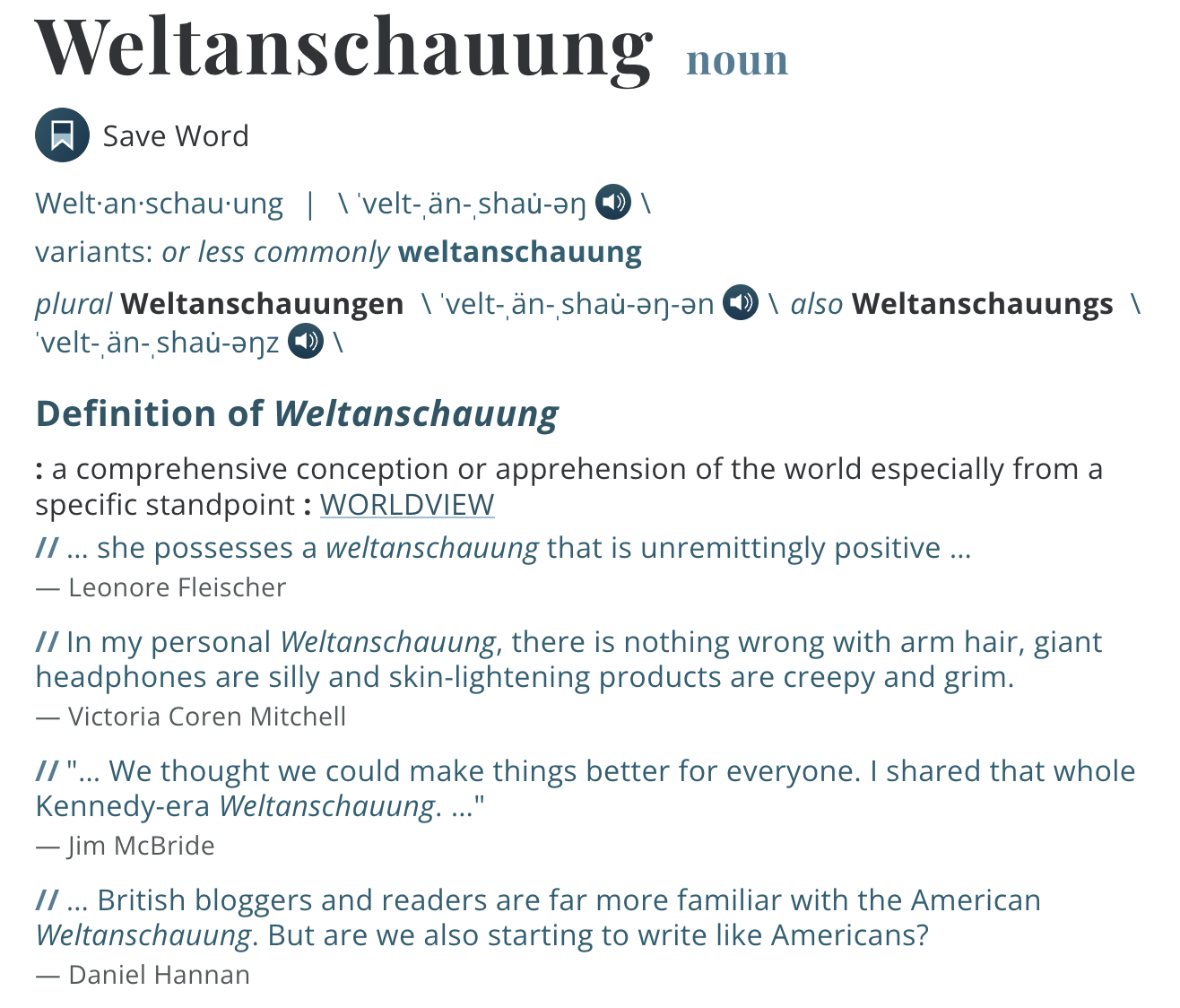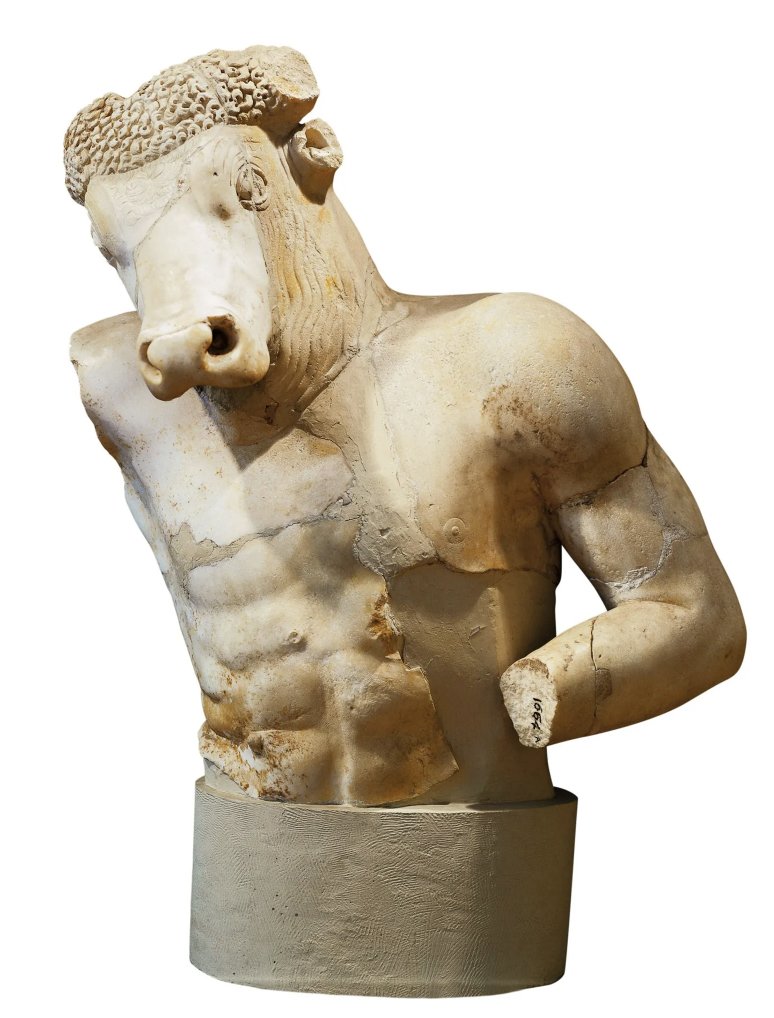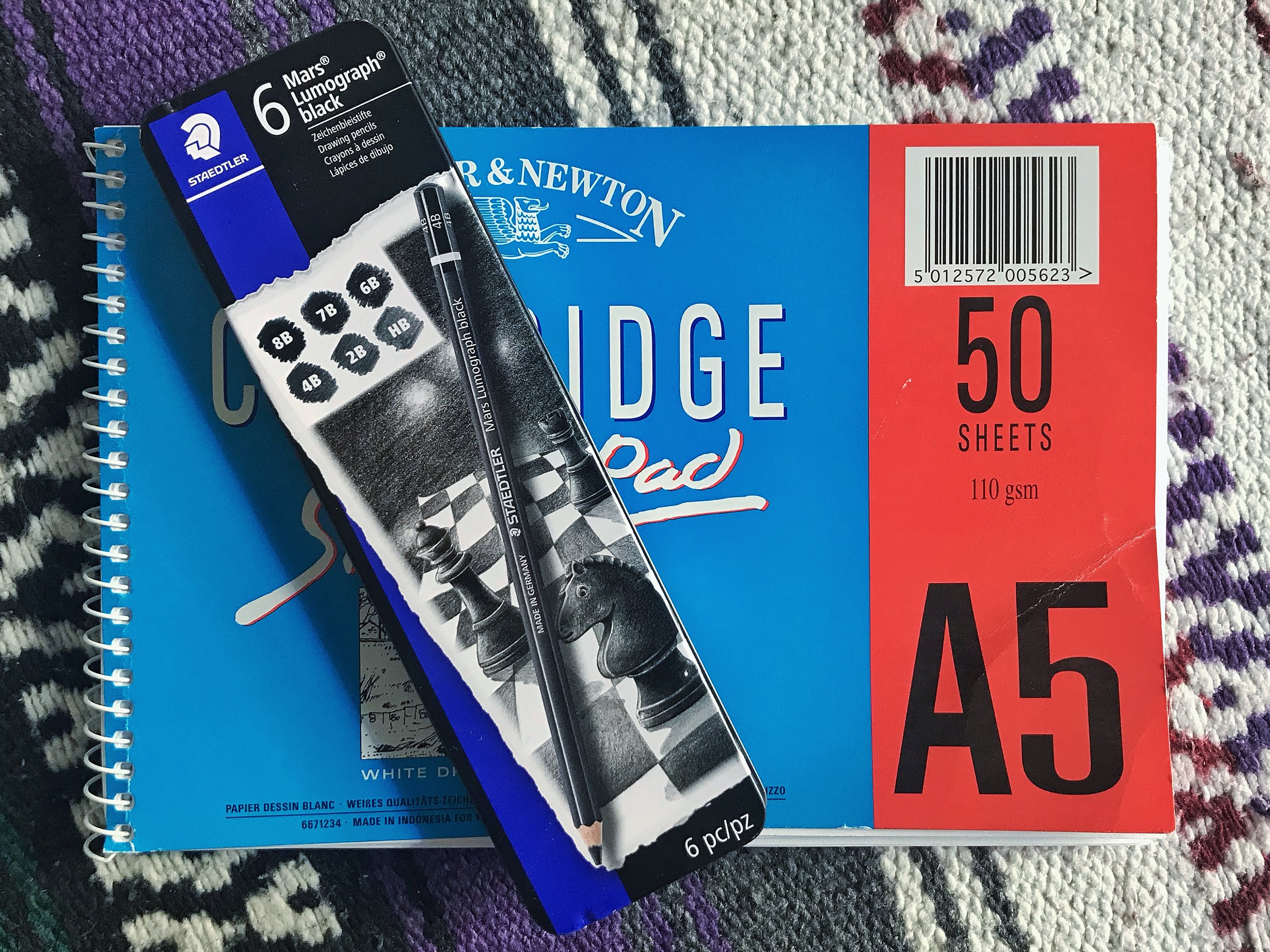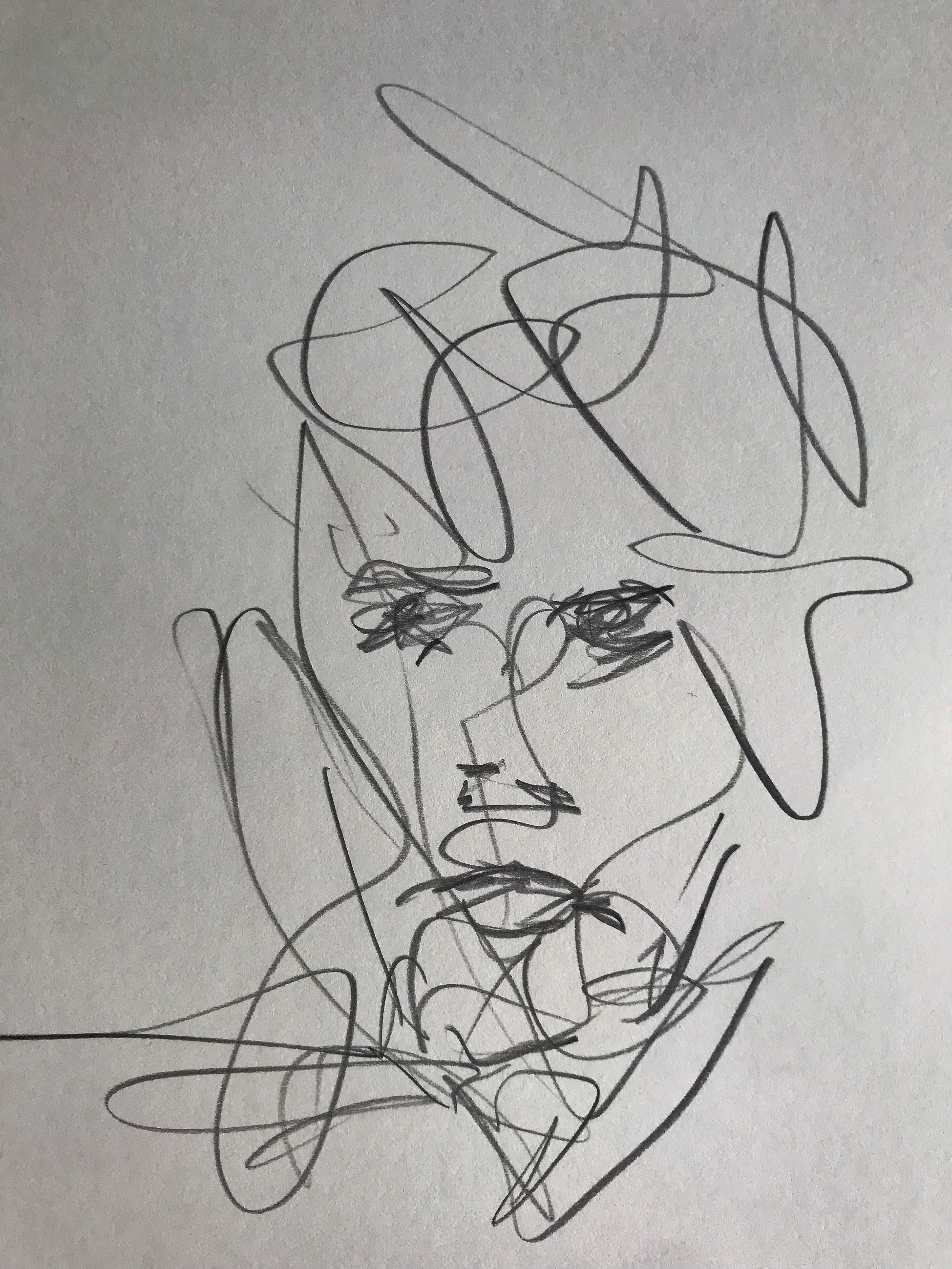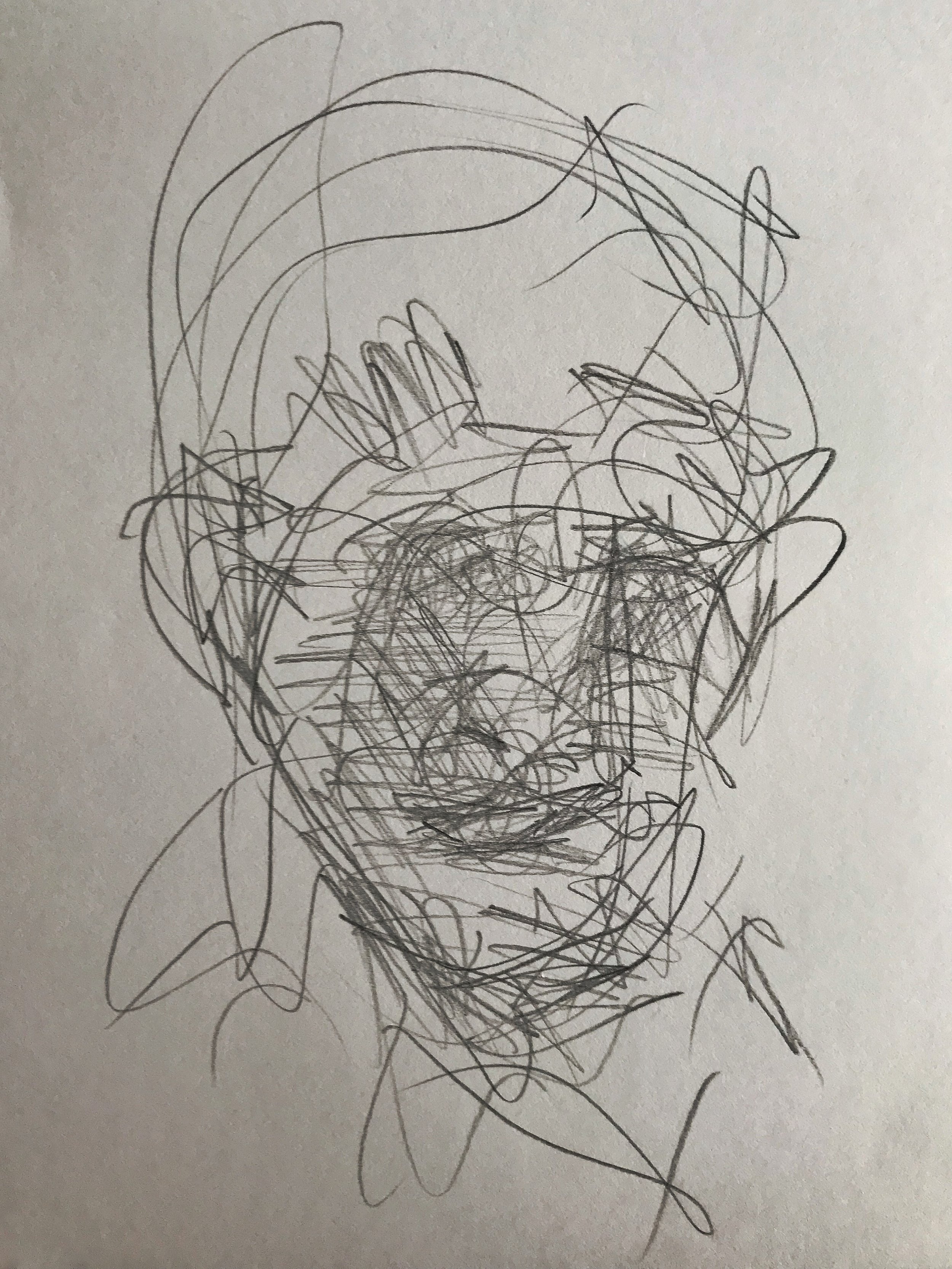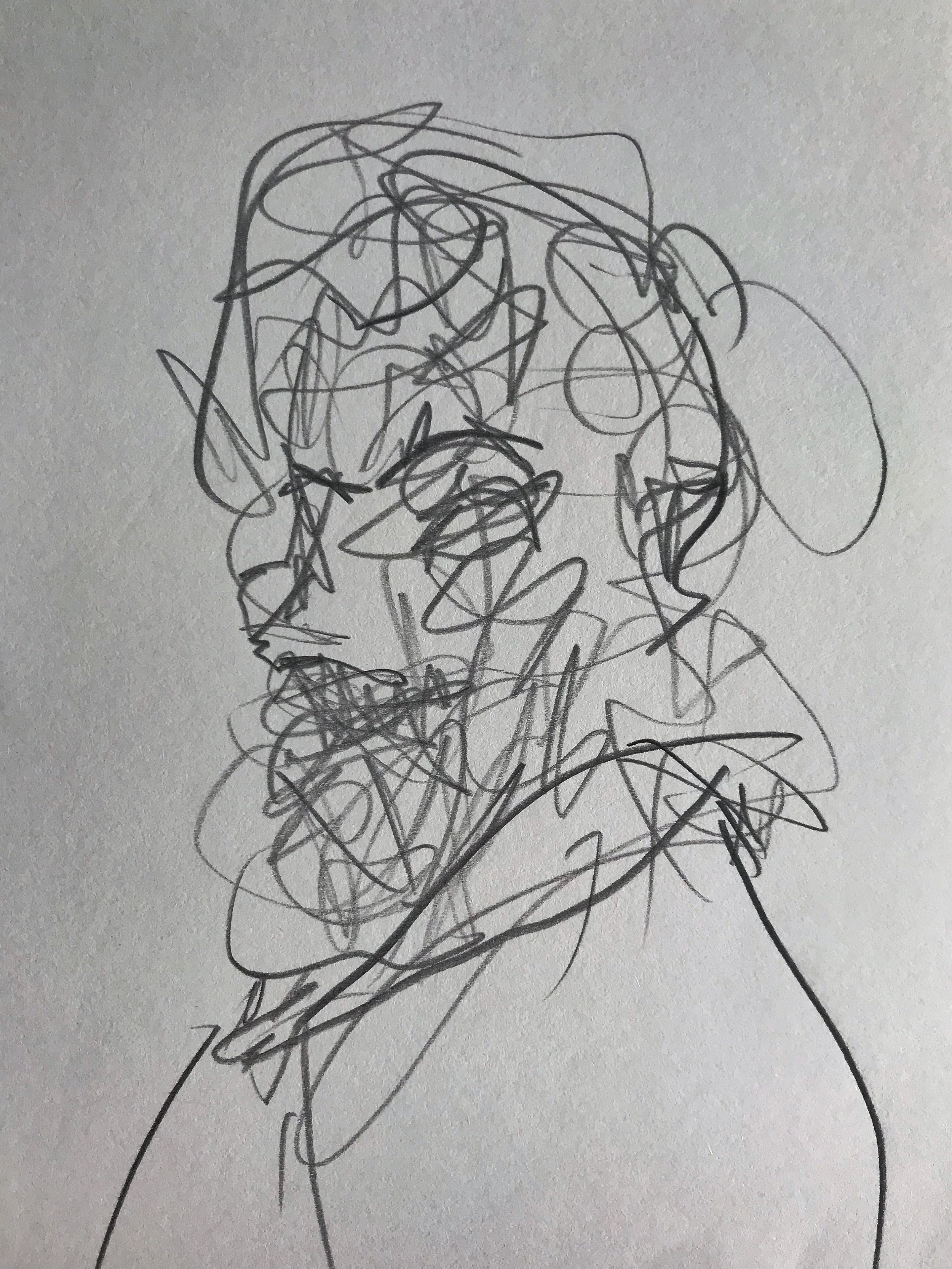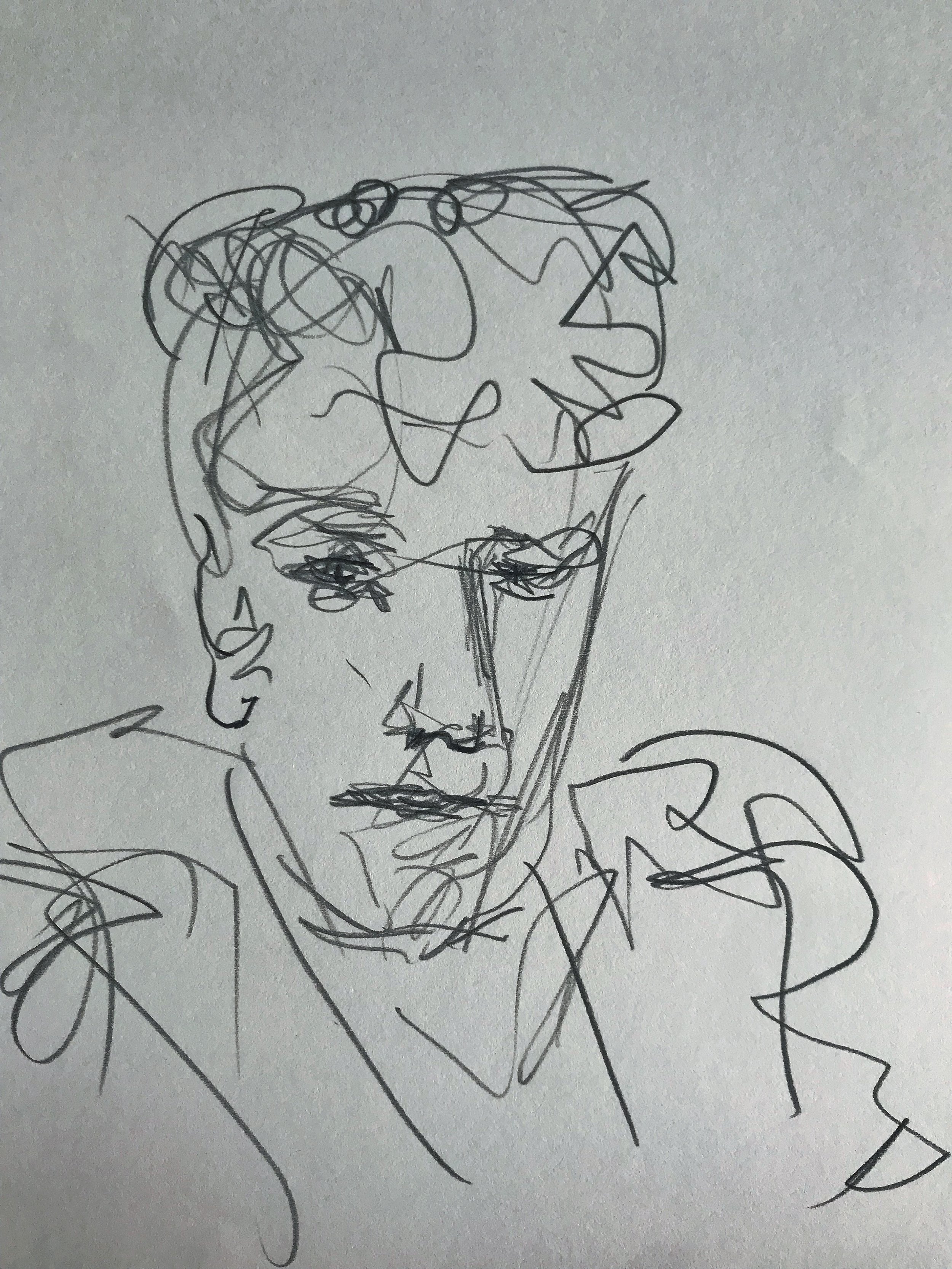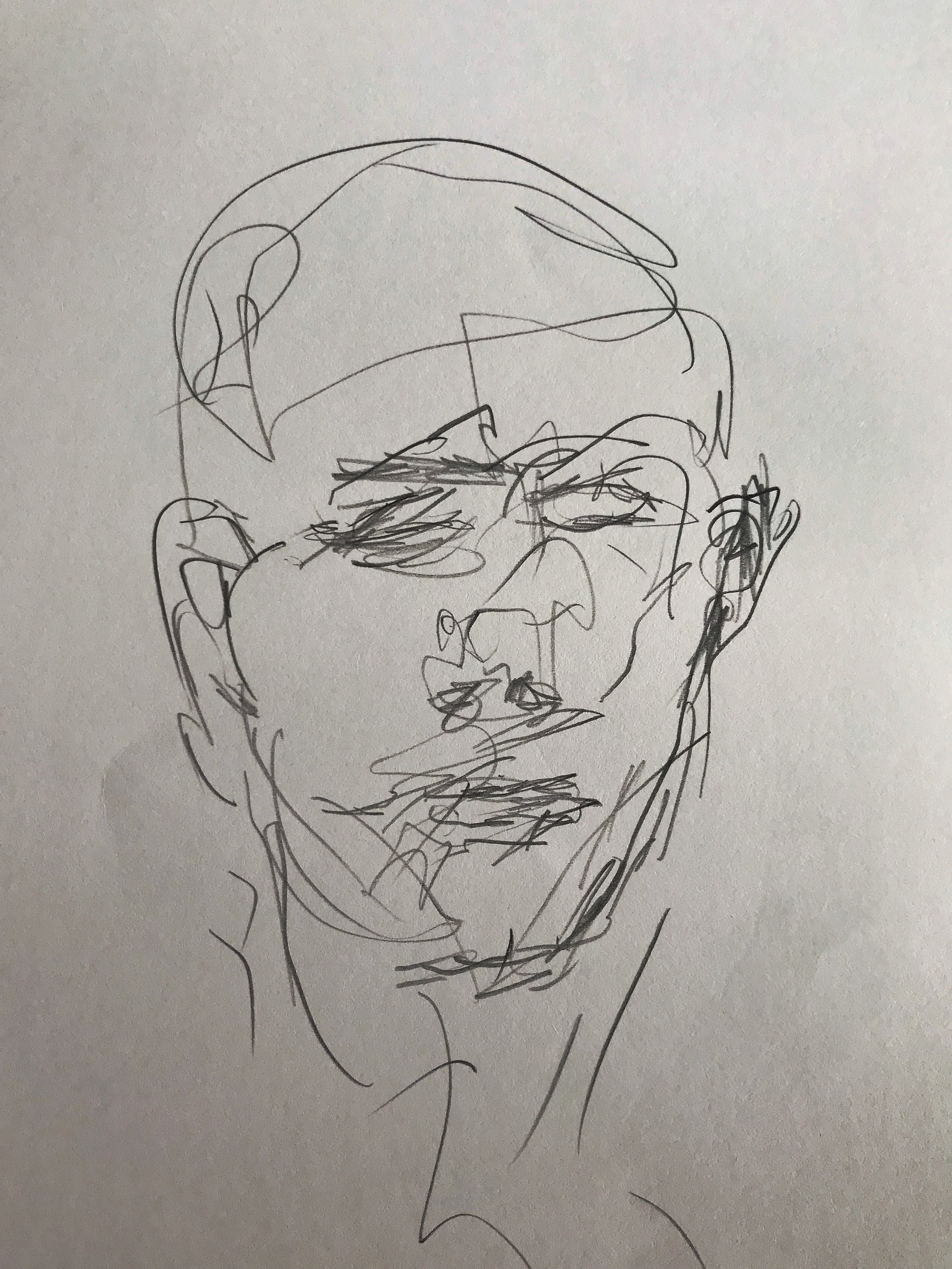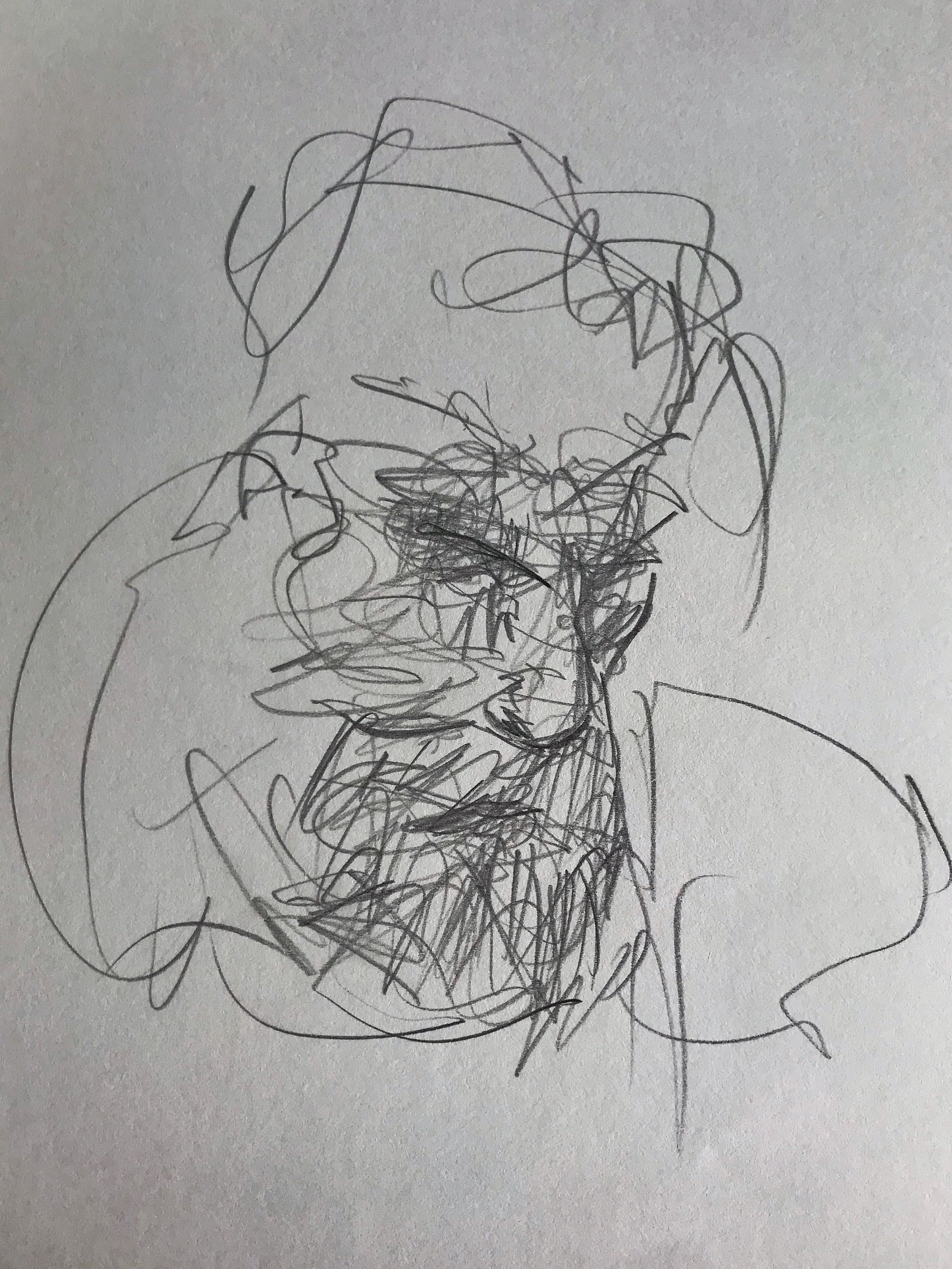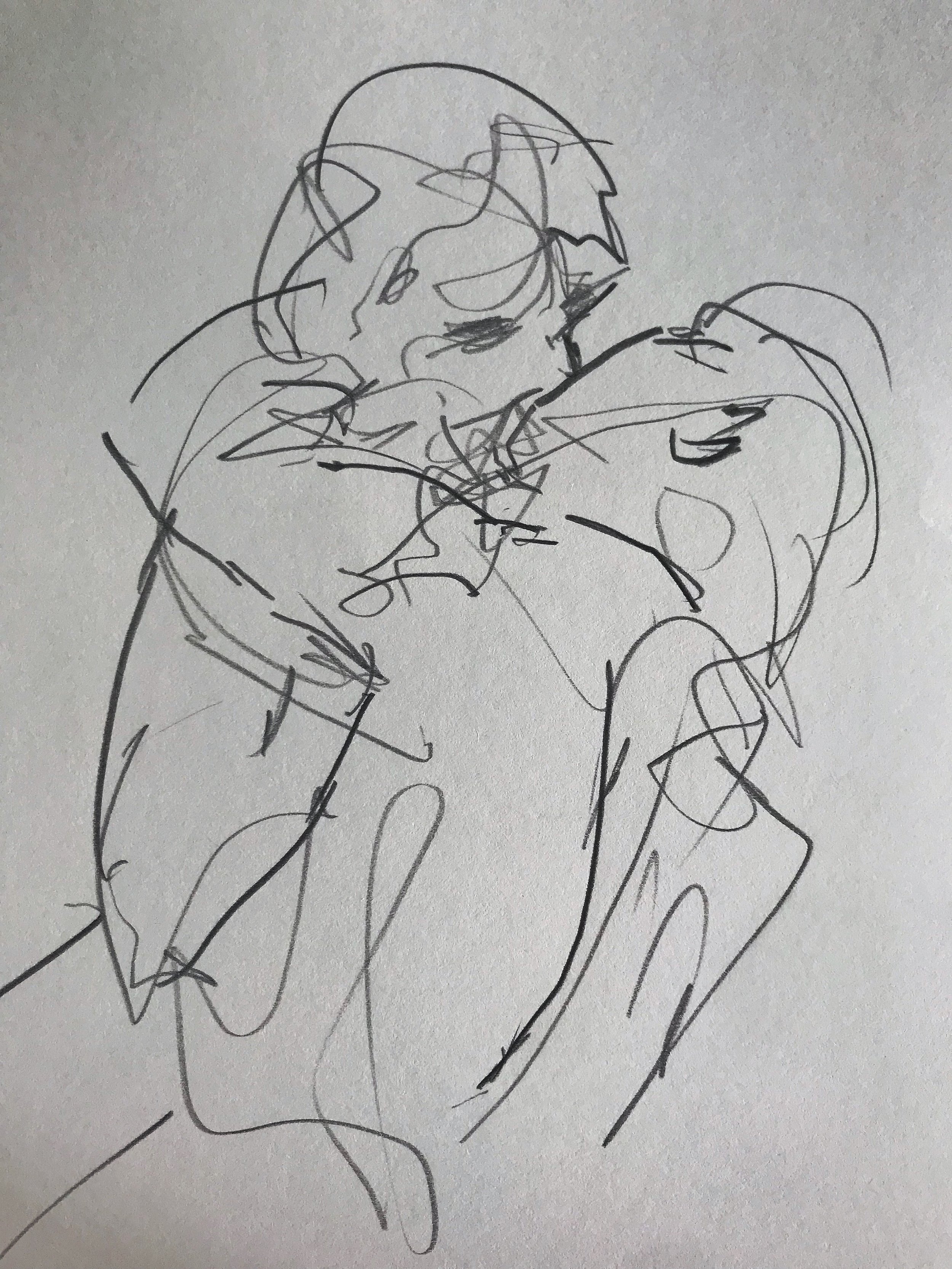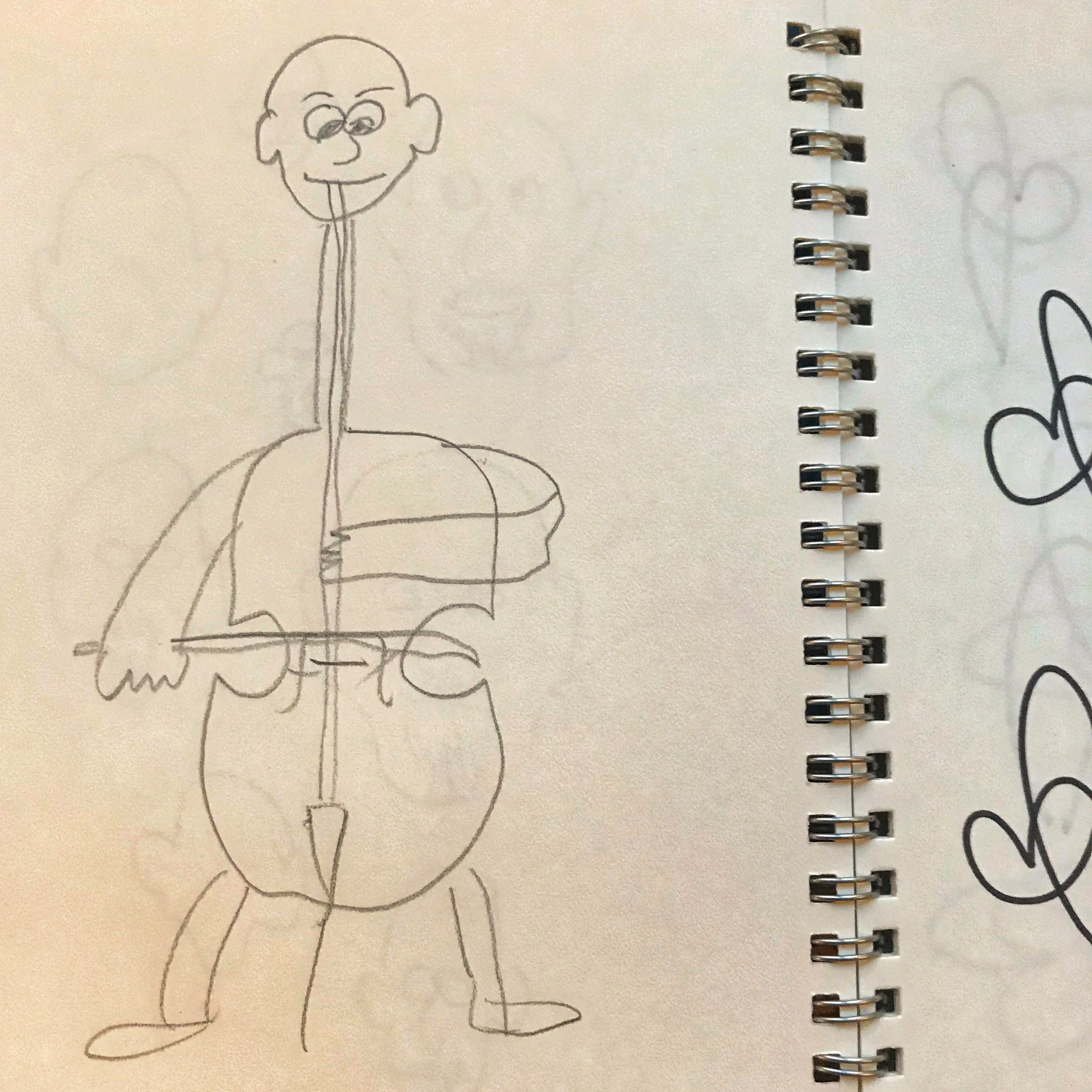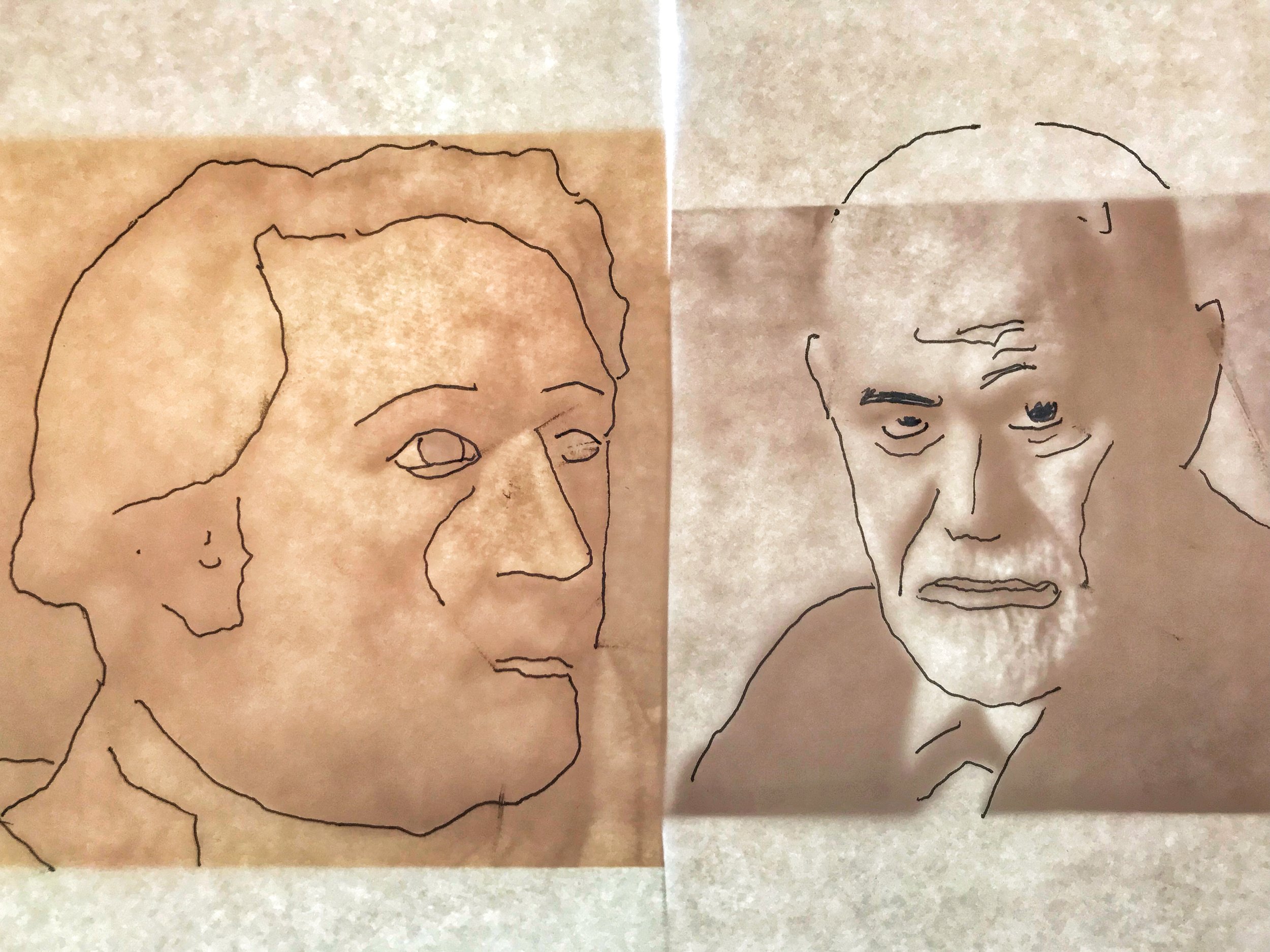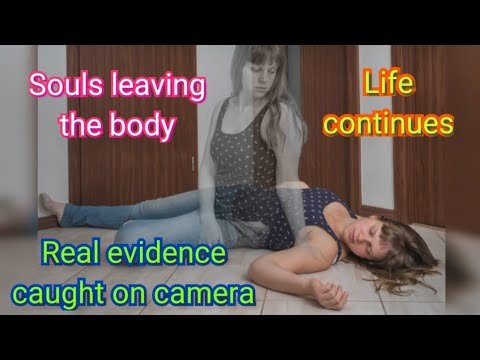Our lives are made of intertwined rituals. We’re naturally sensitive to very big rituals: weddings, baptisms, anniversaries, and funerals—rituals that, ultimately, involve the great themes of life, love, and death. It doesn’t matter if the last wedding that you attended was the most boring event in history; it’s still a ritual, signaling life and love. Other rituals might have a smaller impact in our existences, but they’re rituals nevertheless: rituals of greeting, of saying hello and goodbye; rituals of feeding and being fed; rituals of preparing for a trip, of leaving the house and going to the airport, of passing through passport control and arriving safely in a foreign land, yay!
Immanuel Davis, threshold guardian, welcoming me at the Minneapolis / St. Paul airport.
I like extending the alertness of ritual to the whole day, to every activity however small. I think of brushing my teeth as a ritual of cleansing, for instance. A cup of coffee is charged with echoes of Ethiopia and Colombia, and points in between. Your cup “holds the world and the history of the world,” as it were. It doesn’t take a lot of effort to appreciate the value and interest of coffee beyond the sensorial pleasures it affords you. Opening your computer is a ritual, whether it comes with eagerness or dread; sending and receiving emails and messages is mind-blowing, and worthy of the respect we grant other rituals. From smoke signals to emails in just a few thousand years, yay!
The agenda and the calendar are your friends when you want to heighten your sense of ritual. Many days are important in some way; there are weeks that leave a mark, there are months and years—for instance, the year of pandemic and confinement. I took notice of the day when I first thought of writing a piano method, titled Creative Health for Pianists: Concepts, Exercises & Compositions. It was Saturday, May 13, 2017. You can read about it here.
The method grew slowly and organically over the years. I had bouts of impatience, frustration, and discouragement, of course; but these didn’t prevent the method from going ever forward. Things, objects, events, ideas, and people all contribute to the ritualistic unfolding of your life. The method had its own needs and wants, its impetus, its destiny; “it” (the method) imposed its rituals on me: rituals of intuition, improvisation, composition, trial and error; also, rituals of revision and edition, of dropping some ideas, of deleting whole compositions, rituals of embracing and of letting go. The method and I have a very elaborate ritualistic back-and-forth going on, yay!
The method hit a sort of bump a couple of years ago, when an anonymous reader contracted by my editor to judge the project delivered a negative review. I took some time off the project to process the situation. Then I developed some new materials and reworked the text, and I re-submitted it to my editor. I decided to ritualize the new submission. I chose the date of May 13, 2022 to send my materials off: the fifth anniversary of the day I started writing the method. My piano teacher and dear friend Alexandre Mion told me that May 13 is an important date in religious circles. The first apparition of the Virgin Mary in Fatima, Portugal happened on May 13, 1917. Pope John Paul II was shot and wounded by Mehmet Ali Ağca on May 13, 1981. Believers are certain that the Virgin Mary protected the pope and caused the bullet to miss his vital organs, ensuring his survival.
I’m not religious; I’m just imaginative and playful. I loved hearing about the coincidences regarding May 13, yay! In truth, any one date will coincide with many historical events, and if my book had been conceived on May 12 or May 14 I’m sure I’d find other coincidences to get excited about.
In the morning of Friday, May 13, 2022 I went to the Louvre, chose a painting depicting the Virgin Mary, and sketched her face—you know, as a kind of homage or offering. I went back home, and at thirteen hundred hours and thirteen minutes and thirteen seconds on Friday, May 13 (13:13:13) I pressed the button emailing my updated submission to my editor. He replied a few hours later, announcing that all was good and we were going ahead with the production of the book. Yay!
After final acceptance by my editor, the piano method entered production, a slow and demanding process lasting a year. When production progressed, I asked my editing team if they could ritualize the date of publication for me, and schedule it either for May 13, 2023 (the sixth anniversary of method’s birth) or May 31, 2023 (someone’s birthday). Silly, I know! Silly is good; silly is meaningful; silly is helpful. My team reasonably said that a book’s actual publication depends on many variables, some of which are out of anyone’s control. But they did what they could. When the time of publication approached, amazon.com and amazon.co.uk had different launch dates, but amazon.co.uk said May 31st. Yay!
During my visit to Minneapolis last week, my wife (who was in Paris by herself) took delivery of a huge and heavy box: my author’s advance copies. Yay! I arrived back home on Sunday, May 28. And although I could simply have opened the big box and enjoyed looking at my baby, I decided to wait until my birthday to do it. It’s a “ritualistic sacrifice,” as it were: postponing the pleasure of immediate satisfaction to the greater pleasure of doing something ritualized on a momentous date. Yay!
The symbolic dimensions of things and events occur in the subjective realm of perception, imagination, and curiosity. We play with it, and we take it seriously; the more we play, the more serious we get.
Happy Birth, you big fat little piano method, 421 pages, 2.06 pounds, 934 grams! Thanks for entering my life, pestering me every day all day long, and bringing me so many gifts!

